Internal Bleaching Material
One reason I believe this treatment option is not often recommended is that most dentists were taught that internal nonvital tooth bleaching has a high risk of creating internal/external resorption While this was true in the past, with the material changes (sodium perborate instead of hydrogen peroxide) and technique changes (walking bleach.
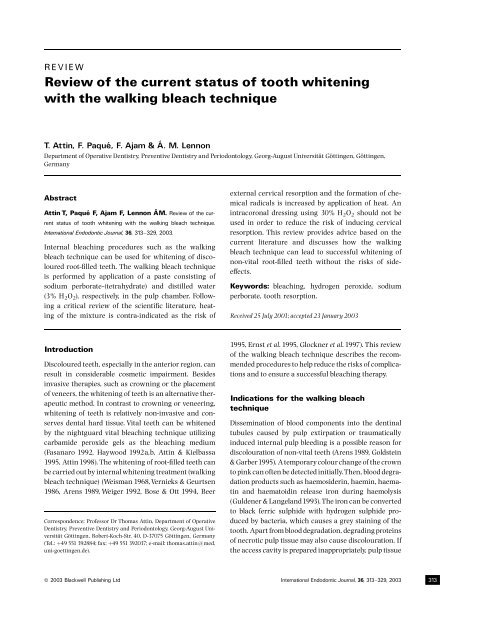
Internal bleaching material. Visit 2 At the second visit, there was a considerable improvement in the shade of the tooth The shade went from a shade of A35 to Shade A1 However, improving the shade even further is recommended since the tooth might revert to a darker shade after the bleaching material is removed and replaced with a restorative material. Tooth whitening or tooth bleaching is the process of lightening the color of human teeth Whitening is often desirable when teeth become yellowed over time for a number of reasons, and can be achieved by changing the intrinsic or extrinsic color of the tooth enamel The chemical degradation of the chromogens within or on the tooth is termed as bleaching. Internal Bleaching (intracoronal bleaching) is a technique used to whiten the appearance of teeth and is different than overthecounter solutions used to whiten teeth (extracoronal bleaching) Internal bleaching must be conducted by your endodontist and can only be performed after successful root canal therapy.
Internal Teeth Bleaching Overthecounter teeth whitening products, and even professional teeth whitening procedures, are great at removing stains from the surface of the tooth, whether from foods, beverages, or some medications a safe bleaching compound is placed inside the tooth, directly on the areas that are stained This material. The active peroxides in concurrent bleaching techniques primarily derive from hydrogen peroxide and carbamide peroxide for external, vital bleaching and sodium peroxide for internal, nonvital bleaching Hydrogen peroxide (H 2 O 2) is the simplest peroxide, and in its pure form is a colorless liquid of a slightly higher viscosity than water It. Internal bleaching is a technique that is used to whiten the appearance of teeth Unlike over the counter solutions that are used to whiten teeth, internal bleaching is conducted under the direction of a dentistSince the treatment requires invasive action, it is important that a professional conduct the tooth bleaching in a controlled environment.
Which of the following statements is true regarding teeth bleaching?. Visit 2 At the second visit, there was a considerable improvement in the shade of the tooth The shade went from a shade of A35 to Shade A1 However, improving the shade even further is recommended since the tooth might revert to a darker shade after the bleaching material is removed and replaced with a restorative material. Internal bleaching is a method of whitening a tooth from the inside out First, root canal treatment is performed to remove any pulp that is infected Then, a safe paste is placed inside of your tooth This material dissolves stains, making your tooth teeth appear whiter.
I had a root canal and internal bleaching on a front tooth After carefully revisiting the Endodontist to get the color right, the permenant filling was placed by my dentist About 2 months later, the tooth suddenly began to look significantly whiter than the others It's almost blue. A huge benefit, such as when dealing with Deep Bleaching Trays So different materials for different situations If you wanted a faster release, you could use a straight hydrogen peroxide, or could even use carbamide with a chemical accelerator. Dr Nance then removes any decayed material that’s causing discoloration He then applies a bleaching agent to the space within your tooth This bleaching agent stays in your tooth for two to three days When the desired shade is reached, Dr Nance removes the bleaching agent and seals the tooth.
Internal bleaching is a method of whitening a tooth from the inside out First, a root canal is performed to remove any pulp that is infected Then, safe sodium perborate paste is placed deep inside of the tooth This material reacts with stains and dissolves their particles, making the teeth appear whiter. Teeth with internal discoloration caused by root canal medicaments, rootfilling materials, or metallic restorations such as amalgam have a poor prognosis, because this type of discoloration is difficult to bleach and tends to reappear over time because of the tenacity of the oxidizing products to dental tissues. Internal bleaching is a method of whitening a tooth from the inside out First, root canal treatment is performed to remove any pulp that is infected Then, a safe paste is placed inside of your tooth This material dissolves stains, making your tooth teeth appear whiter.
I had a root canal and internal bleaching on a front tooth After carefully revisiting the Endodontist to get the color right, the permenant filling was placed by my dentist About 2 months later, the tooth suddenly began to look significantly whiter than the others It's almost blue. For this case, the internal tooth bleaching will include drilling the hole to get the access toward cavity of the tooth Whitening agent is applied toward the tooth on the hole which has been drilled It must be closed by using temporary filling You have to know that the whitening agent is a kind of strong peroxide. Internal bleaching products and materials Probably one of the biggest debates is what material to whiten with and many people prefer sodium perborate to hydrogen peroxide I have no strong feelings on the issue I really do not have any strong opinions on products to use other than be sure to use a glass ionomer liner at the base.
What Is Internal Bleaching?. Internal Bleaching (intracoronal bleaching) is a technique used to whiten the appearance of teeth and is different than overthecounter solutions used to whiten teeth (extracoronal bleaching) Internal bleaching must be conducted by your endodontist and can only be performed after successful root canal therapy. If this is inadequate, retreatment has to be performed before the initiation of the whitening procedures The tooth color is first assessed, and a photograph of the tooth and the shade guide element.
Internal bleaching is inexpensive and simple to perform The procedure takes only a few minutes and doesn’t require anesthesia Unlike veneers, crowns, or implants, internal bleaching conserves the tooth structure When done properly, internal bleaching shouldn’t weaken the treated tooth Cons. Internal bleaching means that a discolored tooth is bleached from the inside Due to an incorrect root canal treatment, a tooth may become severely discoloredWithout the use of a cofferdam, bacteria, blood, and saliva components enter the tooth canal during the root canal treatmentBacteria decomposition products will then lead to a dark discoloration of the tooth – more on that in the. The walking bleach technique is the technique of choice used for internal (intracoronal) whitening of nonvital teeth ️ First, the quality of endodontic treatment is radiologically evaluated;.
Ionomer to prevent the bleaching material from entering the sealed spaces This step is important to prevent the bleaching process from possibly degrading the filling material in the root canal spaces 5 Prepare a paste by dispensing a small amount of sodium perborate into a dappen dish Add the Superoxol dropwise with stirring to form a. The code for either of these types of bleaching is D9972 per arch or D9973 per tooth Internal tooth bleaching is a completely different process that requires access inside the tooth A cotton pellet is soaked in the bleaching compound and placed in the center of the tooth and covered with a temporary filling material to seal the opening. Internal teeth bleaching is done to whiten a tooth from the inside out After a tooth becomes nonviable, teeth typically darkens over time After root canal treatment is completed to remove any infected pulp, a safe paste is inserted into the tooth root This material reacts with stains and dissolves their particles, giving the tooth a whiter appearance.
Step 1 The chamber was acid etched with 37% phosphoric acid for 10 seconds, rinsed with water for 25 seconds, dried using a cotton swab Optibond bonding agent used and light cured for 25 seconds Condensed A1 composite in VERY, VERY SMALL increments and light cured The entire chamber filled with composite. Internal bleaching is inexpensive and simple to perform The procedure takes only a few minutes and doesn’t require anesthesia Unlike veneers, crowns, or implants, internal bleaching conserves the tooth structure When done properly, internal bleaching shouldn’t weaken the treated tooth Cons. All previous restorative materials need to be removed before placing the bleach in the tooth This will allow the bleaching agent to come in contact the maximum amount of tooth structure for optimal results.
Internal bleaching is a procedure commonly performed on teeth that have lost their vitality through Endodontic treatment, like for instance root canal therapy Teeth get darker when blood components and bacteria leak into the dental root, thus we speak of an internal staining on teeth Contrary to external bleaching, internal bleaching is performed to brighten your teeth from the inside out. Opalescence Endo nonvital whitening gel is formulated specifically to whiten endodontically treated discolored teeth using the “walking bleach” technique Once Opalescence Endo gel is delivered to the pulp chamber, it should be sealed with a temporary cement, and left in the tooth for one to five days 35% hydrogen peroxide. The code for either of these types of bleaching is D9972 per arch or D9973 per tooth Internal tooth bleaching is a completely different process that requires access inside the tooth A cotton pellet is soaked in the bleaching compound and placed in the center of the tooth and covered with a temporary filling material to seal the opening.
Internal bleaching is a method of whitening a tooth from the inside out First, a root canal is performed to remove any pulp that is infected Then, safe sodium perborate paste is placed deep inside of the tooth This material reacts with stains and dissolves their particles, making the teeth appear whiter. Use for other laboratory procedures;. Then, the bleach crystals are placed inside of the tooth and the access sealed with a temporary filling material Sometimes the bleaching process can take as little as 30 minutes, but more often than not, the bleach is allowed to sit inside of the tooth for 12 weeks At this time the tooth is reevaluated by your dentist.
If you had your root canal crowned with a toothcolored crown, for instance, the brightened natural tooth material may not match the color of the crown Like most cosmetic dentistry services, internal bleaching is not covered by most dental insurance plans Dental Bleaching Alternatives If your tooth resists internal bleaching, Dr Killian. Concluded that the association with fluoridated adhesive and flowable resin ameliorates the shear bond strength of dentin submitted to internal bleaching – Effects on restorative materials The oxygen released into the tooth structure after bleaching will inhibit the polymerization of resin 5. Prior root canal therapy facilitates access to the center of the tooth (pulp chamber) where the internal bleaching material is placed A cotton pellet is soaked in the bleaching compound and placed in the center of the tooth and covered with a temporary filling material to seal the opening.
Internal bleaching is a procedure commonly performed on teeth that have lost their vitality through Endodontic treatment, like for instance root canal therapy Teeth get darker when blood components and bacteria leak into the dental root, thus we speak of an internal staining on teeth Contrary to external bleaching, internal bleaching is performed to brighten your teeth from the inside out. If you had your root canal crowned with a toothcolored crown, for instance, the brightened natural tooth material may not match the color of the crown Like most cosmetic dentistry services, internal bleaching is not covered by most dental insurance plans Dental Bleaching Alternatives If your tooth resists internal bleaching, Dr Killian. Provides reservoir space for bleaching trays;.
Internal tooth bleaching is much different than bleaching (or whitening) the outside of the tooth, mainly because (as the name suggests) the bleaching takes place from within the tooth Despite the general ease and affordability of the procedure, many aren’t even aware of the possibility to bleach teeth in such a manner, causing them to go. Internal bleaching means that a discolored tooth is bleached from the inside Due to an incorrect root canal treatment, a tooth may become severely discoloredWithout the use of a cofferdam, bacteria, blood, and saliva components enter the tooth canal during the root canal treatmentBacteria decomposition products will then lead to a dark discoloration of the tooth – more on that in the. Then, the bleach crystals are placed inside of the tooth and the access sealed with a temporary filling material Sometimes the bleaching process can take as little as 30 minutes, but more often than not, the bleach is allowed to sit inside of the tooth for 12 weeks At this time the tooth is reevaluated by your dentist.
Baratieri et al, 1995;. Internal teeth bleaching makes the tooth lighter, but the results are unpredictable Your leading source for cosmetic dentistry information and referrals First, after the root canal is completed, I thoroughly clean the inside of the tooth from any of the root canal filling materials A lot of dentists don’t realize that this is the. In essence, the bleaching gel is placed on the internal and external aspects of the discoloured rootfilled tooth The access cavity is left open during treatment so that the 10% carbamide peroxide can be easily and regularly changed A custommade bleaching tray keeps the bleaching agent in and around the tooth Discoloured rootfilled teeth.
Internal bleaching 1 Internal Bleaching Presented to you By Hossam Faisal 2 Definition and Historical Review 3 “The lightening of the color of a tooth through the application of a chemical agent to oxidize the organic pigmentation in the tooth is referred to as Bleaching” 4. A cotton pellet is soaked in the bleaching compound and placed in the center of the tooth and covered with a temporary filling material to seal the opening The patient keeps this material inside the tooth for approximately one week and then returns to the dental office to assess the results of the bleaching. Anitua et al, 1990;.
Ent bleaching materials, and their applications to endodontically treated teeth have been described In the walking bleach technique the root filling should be completed first, and a cervical seal must be established The bleaching agent should be changed every 3–7 days The thermocatalytic technique involves placement of a. Background/purpose Mineral trioxide aggregate (MTA) was widely used in endodontic therapy as bioceramic material Although MTA has high biocompatibility, it may lead to tooth discoloration The aim of this study was to investigate the discoloration of two different bioceramic materials and the effects of internal bleaching. Remove the restorative material from the access cavity Refinement of access and removal of all old obturation materials from the chamber comprised a most important stage in the bleaching process Pulp horns or other "hidden" areas should be properly exposed and cleaned 7 All materials should be removed to a level just below the gingvial margin.
Nonvital bleaching of a dark tooth in the aesthetic zone Chhaya Chauhan presents a case where nonvital internal bleaching was performed to aesthetically treat a severely discoloured LR1 Tooth whitening is one of the most common cosmetic treatments performed by a dentist, yet it is difficult to sometimes get a good result when performing internal whitening. If this is inadequate, retreatment has to be performed before the initiation of the whitening procedures The tooth color is first assessed, and a photograph of the tooth and the shade guide element. The code for either of these types of bleaching is D9972 per arch or D9973 per tooth Internal tooth bleaching is a completely different process that requires access inside the tooth A cotton pellet is soaked in the bleaching compound and placed in the center of the tooth and covered with a temporary filling material to seal the opening.
Internal teeth bleaching makes the tooth lighter, but the results are unpredictable Your leading source for cosmetic dentistry information and referrals First, after the root canal is completed, I thoroughly clean the inside of the tooth from any of the root canal filling materials A lot of dentists don’t realize that this is the. Internal bleaching is a method of whitening a tooth from the inside out First, a root canal is performed to remove any pulp that is infected Then, safe sodium perborate paste is placed deep inside of the tooth This material reacts with stains and dissolves their particles, making the teeth appear whiter. Thanks to internal bleaching, the tooth can be whitened with the help of hydrogen peroxide We only perform internal bleaching if the root canal filling is free from inflammation Parts of the root filling material that seal the canals are removed and the cavity is filled with hydrogen peroxide The cavity is then sealed.
One reason I believe this treatment option is not often recommended is that most dentists were taught that internal nonvital tooth bleaching has a high risk of creating internal/external resorption While this was true in the past, with the material changes (sodium perborate instead of hydrogen peroxide) and technique changes (walking bleach. Internal bleaching was performed 24 weeks after obturation of bioceramic materials in the white ProRoot® MTA, SavDen® MTA and control group Sodium perborate powder was mixed with distilled water in a ratio of 21 (g/mL) 9 and compacted into the 4 mm coronal space once weekly. Generally, internal bleaching is accomplished using the “walking bleach” technique, in which 10% carbamide peroxide is placed in the pulp chamber (rather than sodium perborate or 35% hydrogen peroxide) and changed weekly 2 The other treatment option is a single internal bleaching application, followed by external bleaching in a single.
Internal teeth bleaching is done to whiten a tooth from the inside out After a tooth becomes nonviable, teeth typically darkens over time After root canal treatment is completed to remove any infected pulp, a safe paste is inserted into the tooth root This material reacts with stains and dissolves their particles, giving the tooth a whiter appearance. A) All teeth bleaching products contain peroxide B) Teeth bleaching occurs when the bleaching material passes through the spaces in enamel and oxidizes the stains C) Acid etching before the application of the bleach chemical may enhance penetration of the bleach. What Is Internal Bleaching?.
Root canal retreatment should be carried out when in doubt and the filling material allowed to set at least a week prior to commencing intracoronal bleaching (Figs 181 and 1) Fig 181 Diagrammatic representation showing radiographic contraindications and indications prior to carrying out the nonvital walking bleach technique. Walton and Rotstein, 1996). Internal bleaching using the “walking internal bleaching” method was selected The bleaching material, a mixture of sodiumperborate in the form of tetrahydrate (Weiger et al, 1993) and 30% hydrogen peroxide remained in place for a week (Ho and Goerig, 19;.
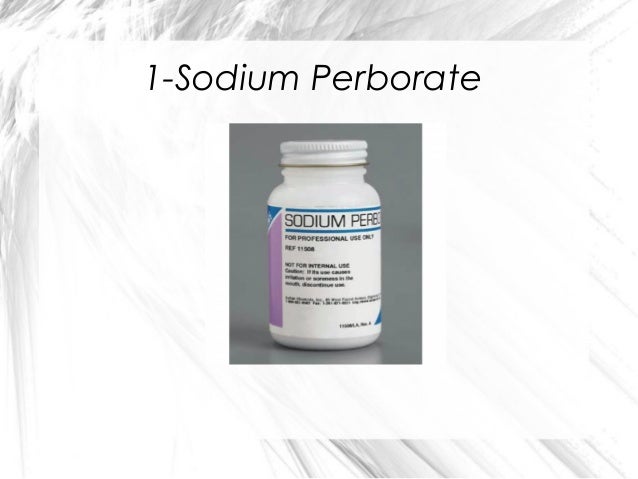
Internal Bleaching

Dentist Shady Grove Smile Gallery Before After Photos

Internal Bleaching Fidi Endodontics Nyc Endodontists Manhattan Root Canal Specialist Dentists
Internal Bleaching Material のギャラリー

Studies Correlating Internal Tooth Bleaching And Cervical Root Resorption Download Table

Ntc National Trading Company
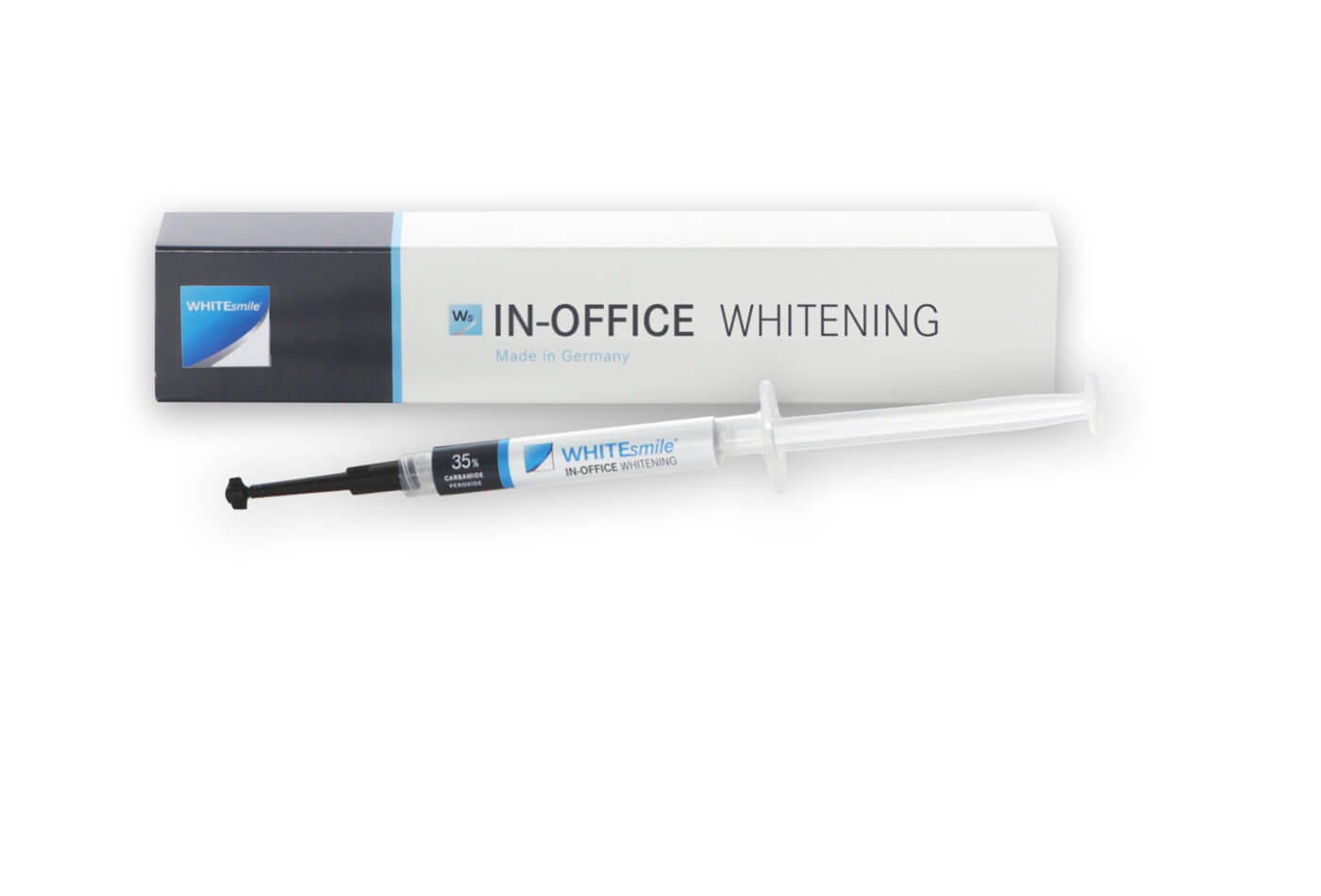
In Office Whitening Whitesmile
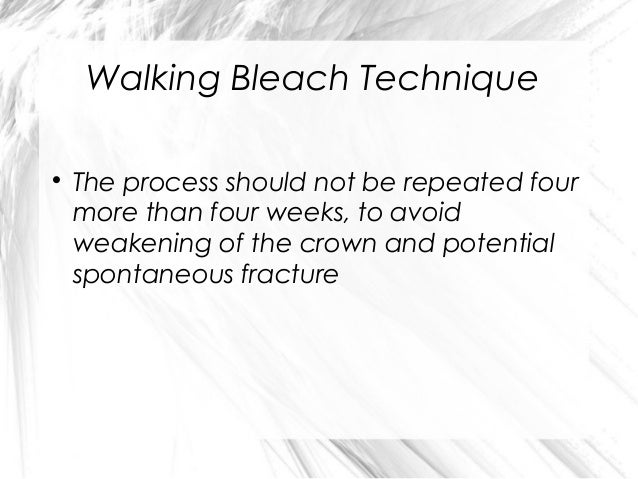
Internal Bleaching

The Association Of External Cervical Resorption With Modern Internal Bleaching Protocols What Is The Current Evidence British Dental Journal

Effect Of Bleaching Protocols With 38 Hydrogen Peroxide And Post Bleaching Times On Dentin Bond Strength

Winningsmiles Custom Dentistry Implant Center S Smile Gallery Internal Bleaching
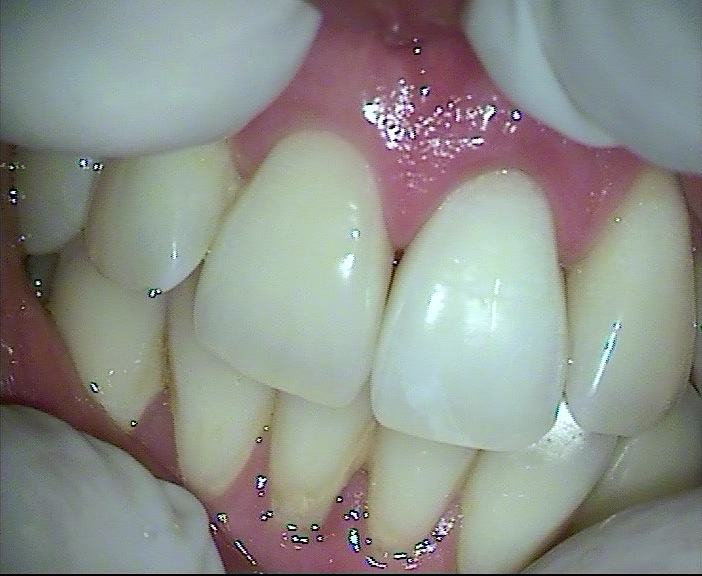
Internal Bleaching Treatment Melbourne Malvern Endo

Pdf Nonvital Tooth Bleaching A Review Of The Literature And Clinical Procedures Francesco Somma Academia Edu

Internal Bleaching

We Do Internal Bleaching

Management Of Non Vital Tooth Bleaching Dental News

Pdf Sealing Capacity Of Different Materials Used As Cervical Barrier During Internal Walking Bleaching Technique Semantic Scholar

Pdf Quantification Of Peroxide Ion Passage Dentin Enamel And Cementum After Internal Bleaching With Hydrogen Peroxide
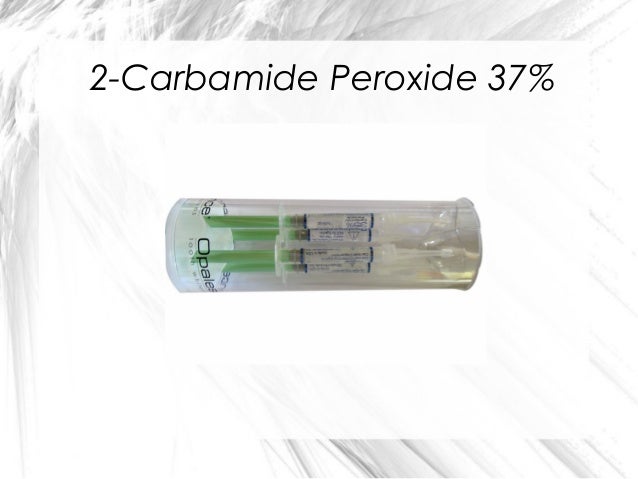
Internal Bleaching

Effectiveness Of Home Bleaching Agents In Discolored Teeth And Influence On Enamel Microhardness

Internal Bleaching For Discolored Root Canal
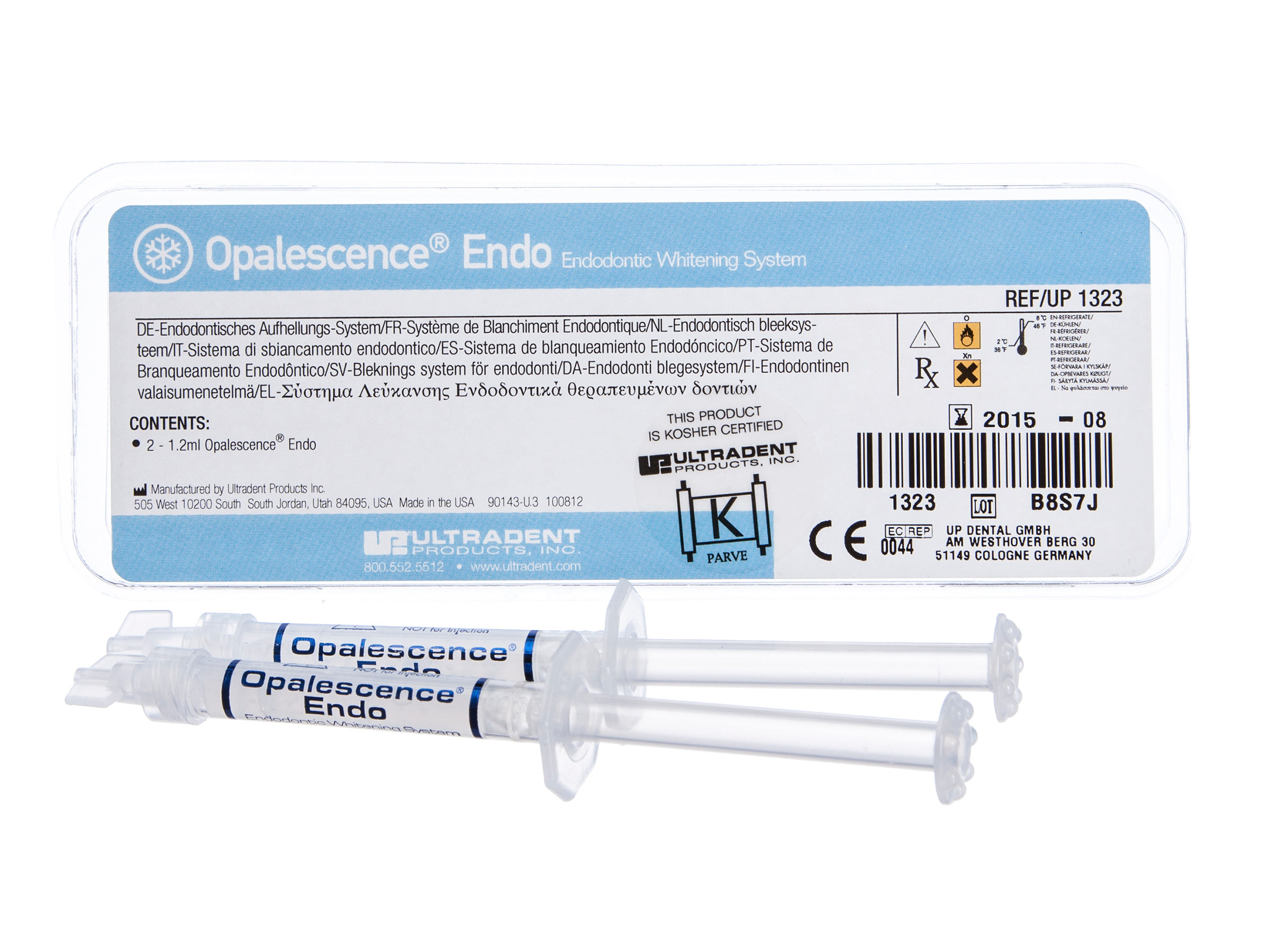
Opalescence Endo Products Ordering All Products Ultradent Products Inc

Internal Bleaching Waterdown Smiles Dentistrywaterdown Smiles Dentistry

Bleaching Of Non Vital Discolored Teeth Keys Of Success Dental News
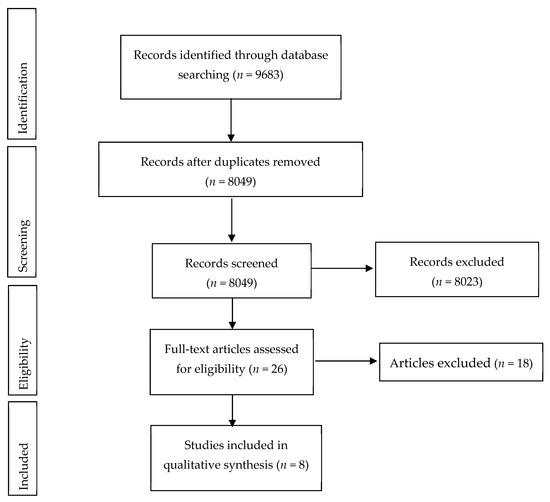
Coatings Free Full Text Non Vital Tooth Bleaching Techniques A Systematic Review Html
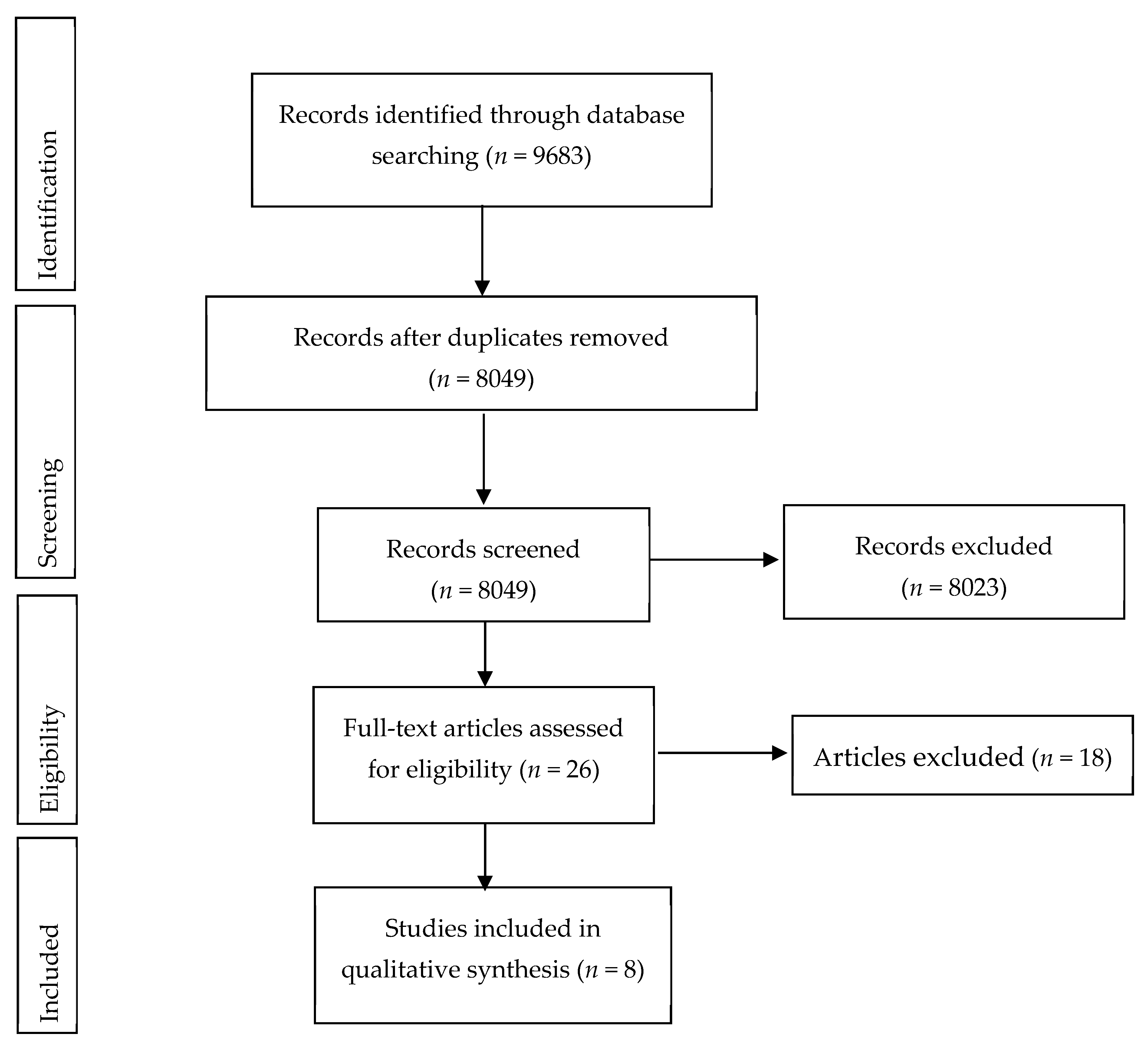
Coatings Free Full Text Non Vital Tooth Bleaching Techniques A Systematic Review Html
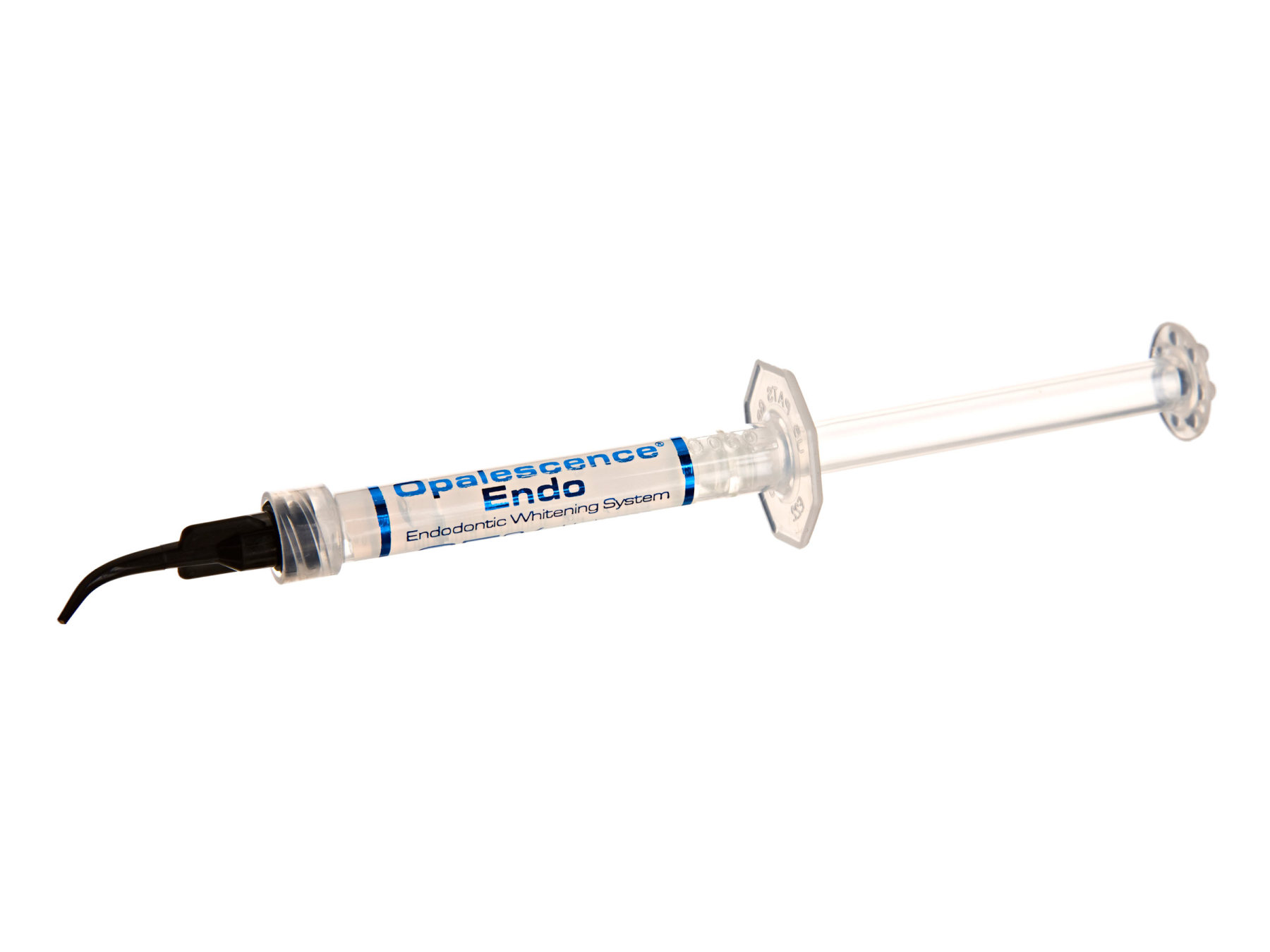
Opalescence Endo Products Ordering All Products Ultradent Products Inc

Pdf An Innovative Non Vital Walking Bleach Technique Drarpit Viradiya Academia Edu
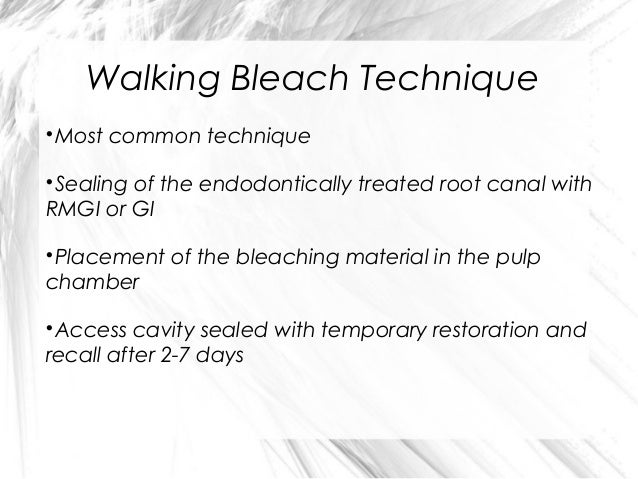
Internal Bleaching
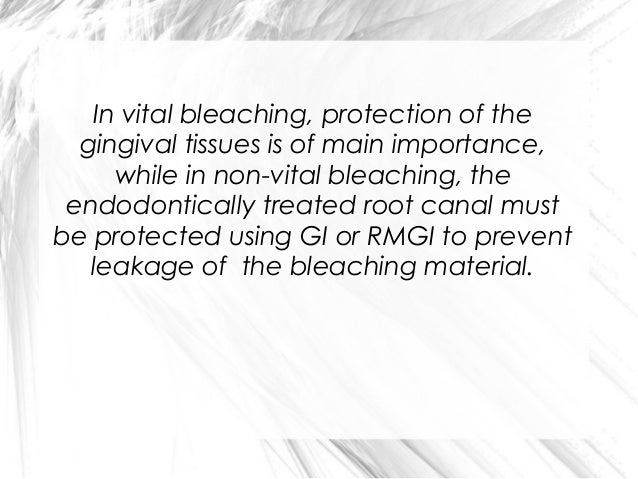
Internal Bleaching
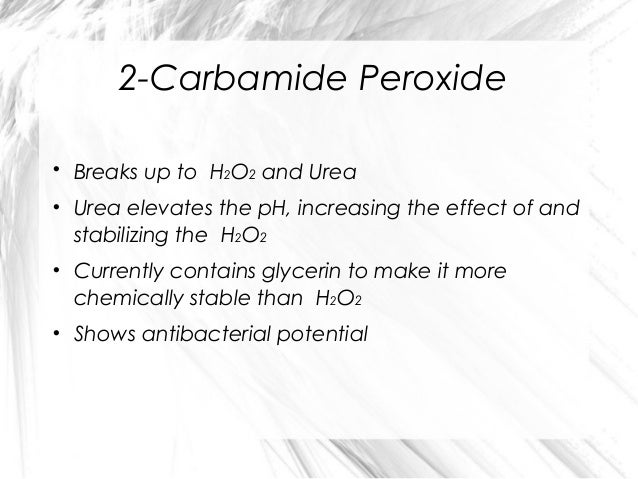
Internal Bleaching

Contraindicated Internal Bleaching What To Do Styleitaliano Org

Unilite Endo Non Vital Bleaching

Calameo Internal Bleaching

Tooth Whitening

Bleaching Of Non Vital Discolored Teeth Keys Of Success Dental News

Intracoronal Bleaching Of Nonvital Teeth Pocket Dentistry

Non Vital Internal Bleaching Prestige Dental Care

Contraindicated Internal Bleaching What To Do Styleitaliano Org

The Most Common Used Material In Internal Bleaching Download Scientific Diagram

Pdf Internal Bleaching Of Endodontically Treated Teeth A Dental Practitioner S Perspective From Kingdom Of Saudi Arabia

Opalescence Endo Kit Chc Store

Bleaching Dentistry Chemical Substances

Review Of The Current Status Of Tooth Whitening With The Oral Way

Bleaching Procedures Pocket Dentistry
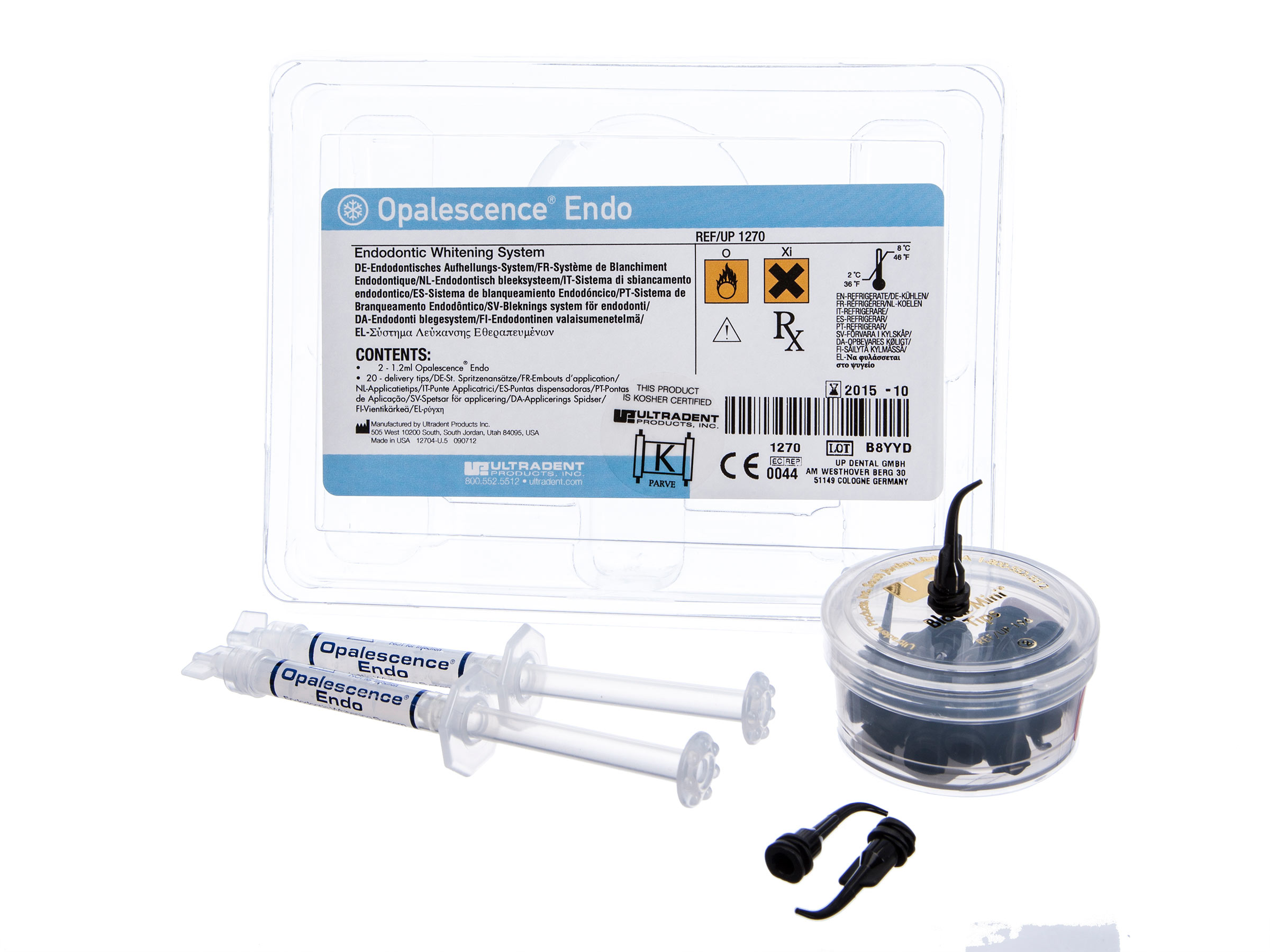
Opalescence Endo Products Ordering All Products Ultradent Products Inc

Pdf Frequently Asked Questions About Bleaching

Evaluation Of Morphological And Chemical Alterations In Enamel Dentin And Cementum After Internal Bleaching Technique Using Different Bleaching Agents Semantic Scholar

Internal Bleaching Endo Lounge

Bleaching In Endodontics An Online Study Guide Journal Of Endodontics

Porcelain Systems Mkvasant And Associates In Croydon

Tooth Whitening By Unadvisedclaw7172 Issuu

Internal Bleaching For Discolored Root Canal

Tooth Bleaching Ucla International Post Doctoral Training Program

Internal Bleaching Tooth Whitening Teeth From Inside
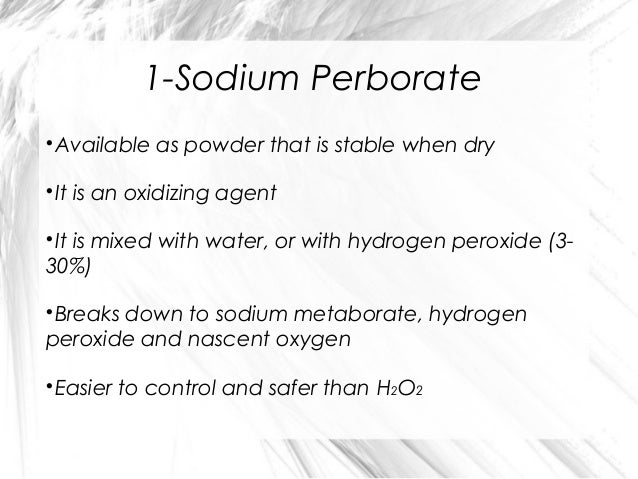
Internal Bleaching
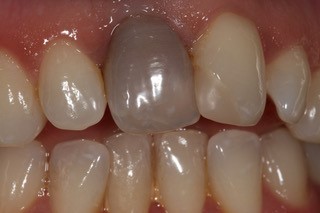
Internal Bleaching Internal Tooth Bleaching Boyne Dental

Table 2 From Review Of The Current Status Of Tooth Whitening With The Walking Bleach Technique Semantic Scholar

Blog Kor Whitening

Pdf Sealing Capacity Of Different Materials Used As Cervical Barrier During Internal Walking Bleaching Technique Semantic Scholar
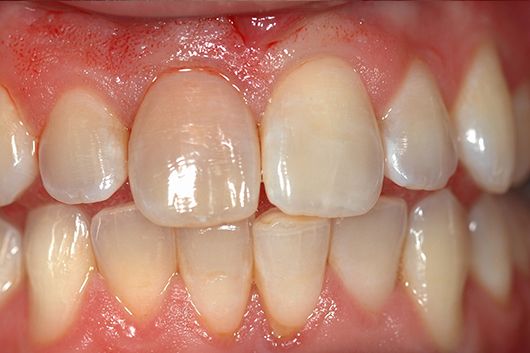
Internal Bleaching Advanced Endodontics
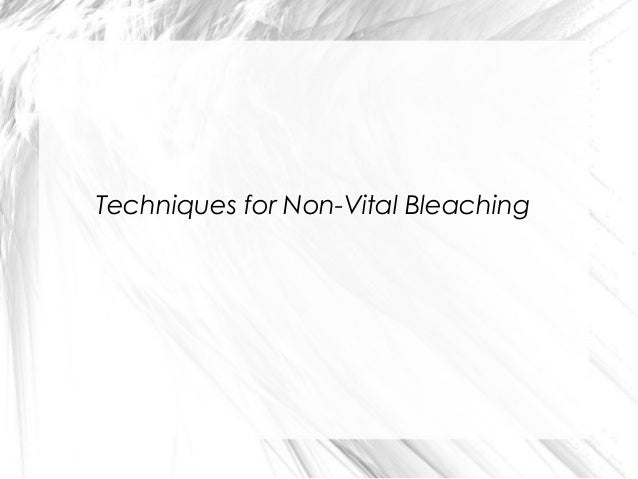
Internal Bleaching

Tooth Discoloration And The Effects Of Internal Bleaching On The Novel Endodontic Filling Material Savden Mta Sciencedirect

A Randomized Clinical Trial Investigating Three Vital Tooth Bleaching Protocols And Associated Efficacy Effectiveness And Participants Satisfaction Sciencedirect
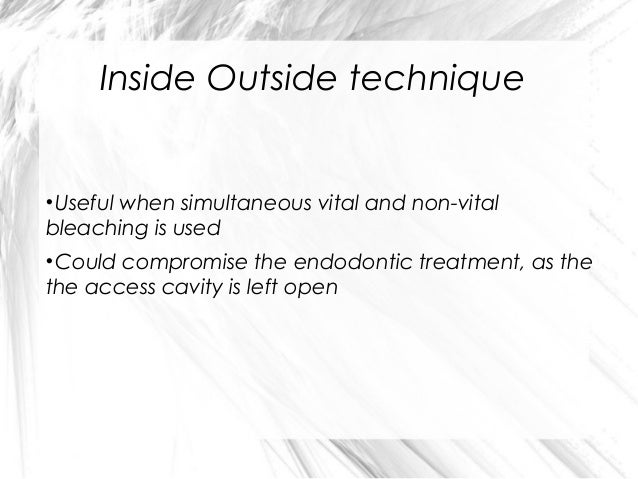
Internal Bleaching

Cosmetic Dentist Manassas Va Internal Bleaching Gallery

Evaluation Of Extraradicular Diffusion Of Hydrogen Peroxide During Intracoronal Bleaching Using Different Bleaching Agents

Pdf Hydrogen Peroxide Tooth Whitening Bleaching Products Review Of Adverse Effects And Safety Issues

Internal Bleaching Of The Dark Tooth Spear Education

Internal Bleaching Cost Internal Whitening Materials Bauer Smiles
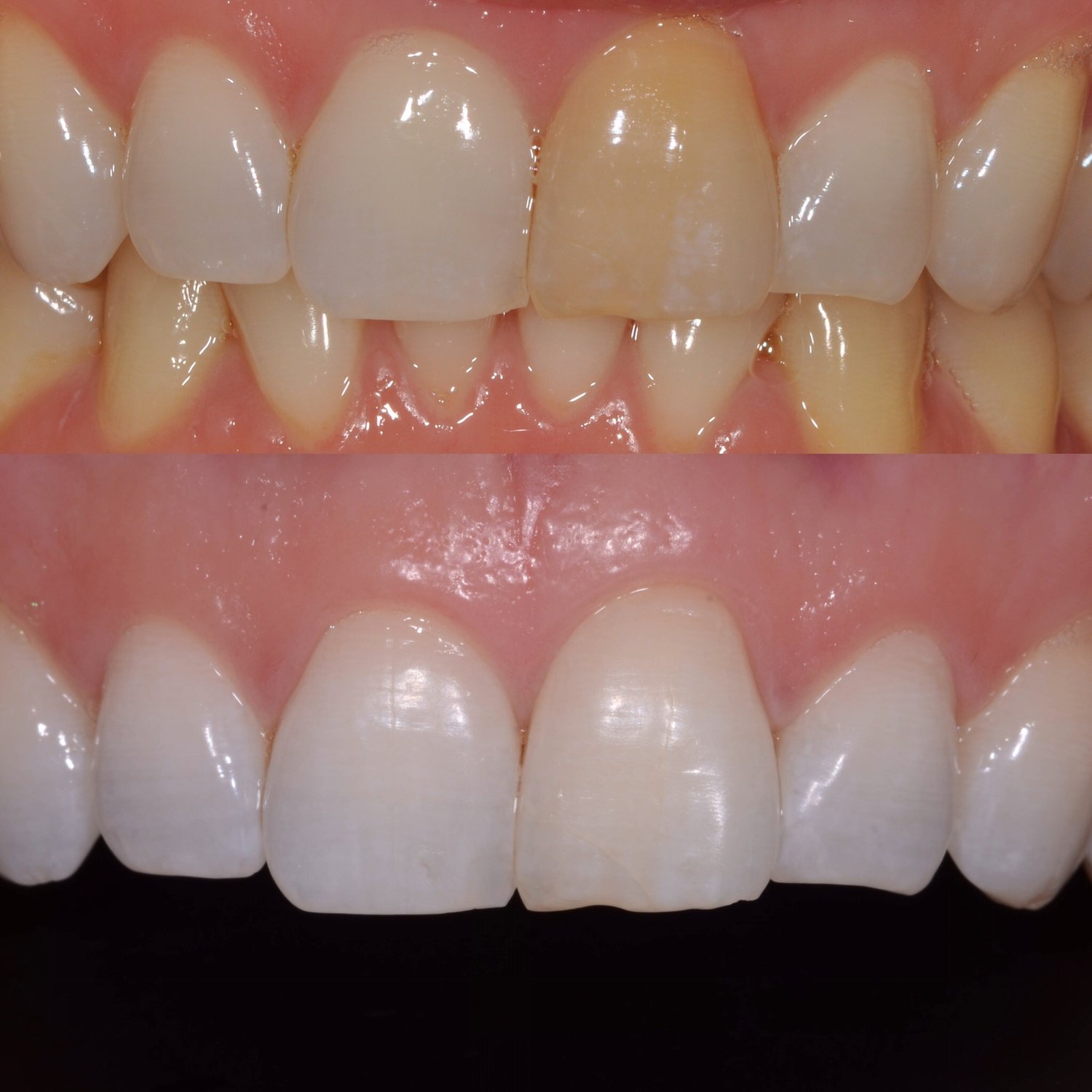
Whitening Traumatized Teeth Siliconbeach Dental

Internal Bleaching Photos Patient 3701 Cosmetic Dentist New York Ny Dr Marc Lazare

Steps For Referring Dentists Premier Endodontics Of Waltham Ma Root Canal Specialists

Pdf Tooth Discoloration And Internal Bleaching After The Use Of Ledermix Paste With Various Bleaching Agents An In Vitro Study Semantic Scholar
/t07102/f03t07102.jpg)
Five Year Follow Up Internal Bleaching
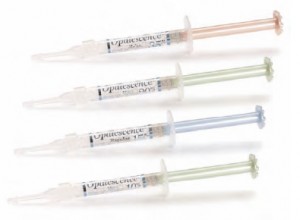
Buy Ultradent Whitening Materials From Dental Domain Dental Domain Corp

Internal Bleaching Nicole Mermet Dmd Dentist
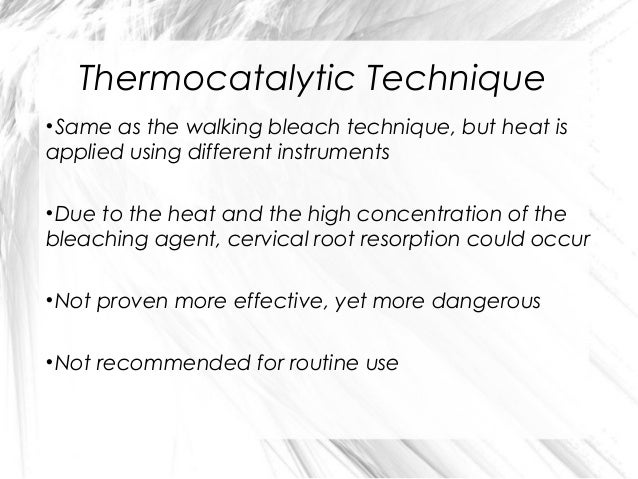
Internal Bleaching
Author Mahmoud Mahmoud Ahmed Title Hydrogen Peroxide Versus Carbamid Peroxide As Bleaching Agent For Internal Bleaching Of Primary Teeth

Pdf Efficacy Of Barrier Materials In Walking Bleach Technique A Ph Diffusion Study

Bleaching Pocket Dentistry
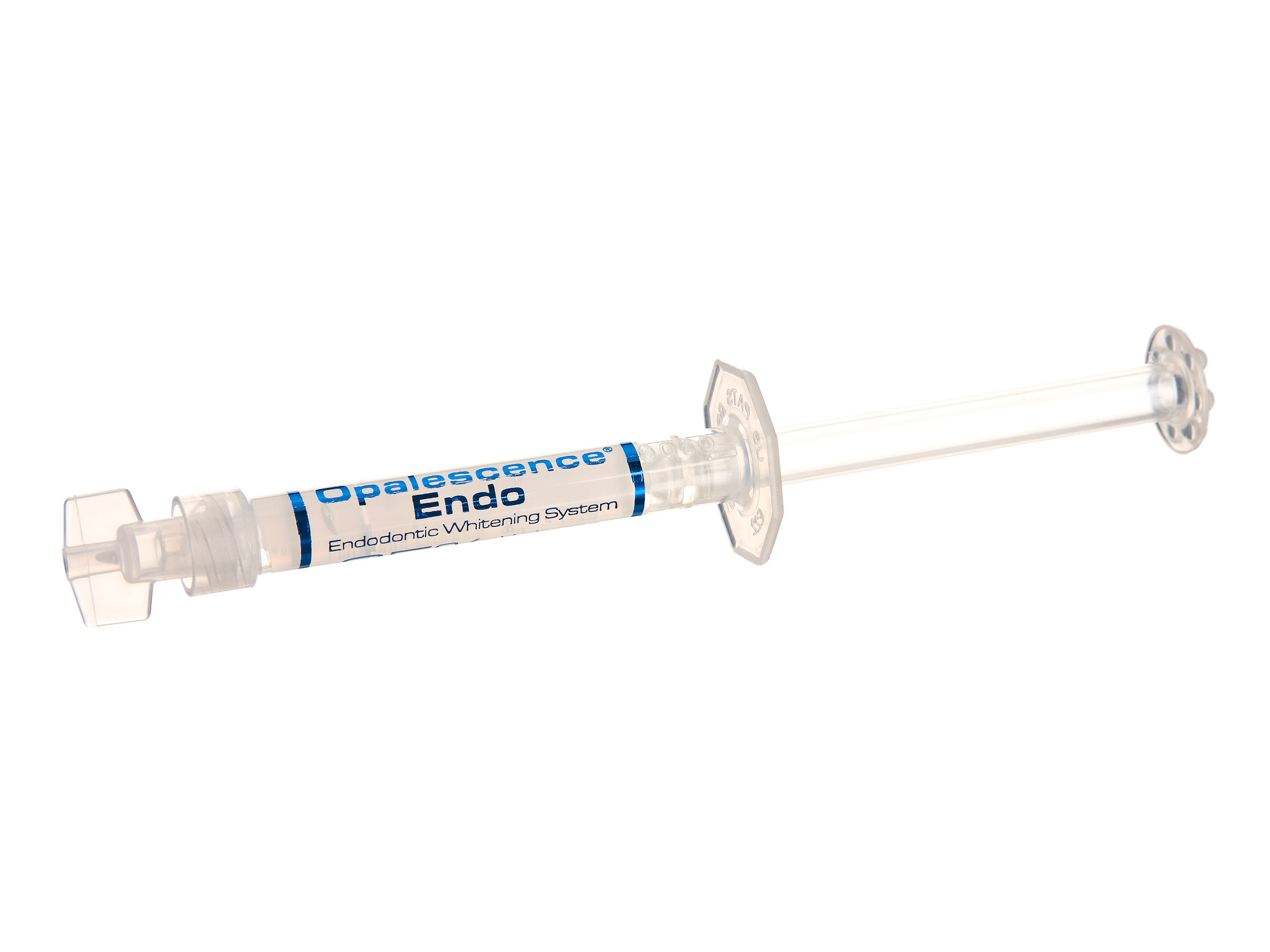
Opalescence Endo Products Ordering All Products Ultradent Products Inc
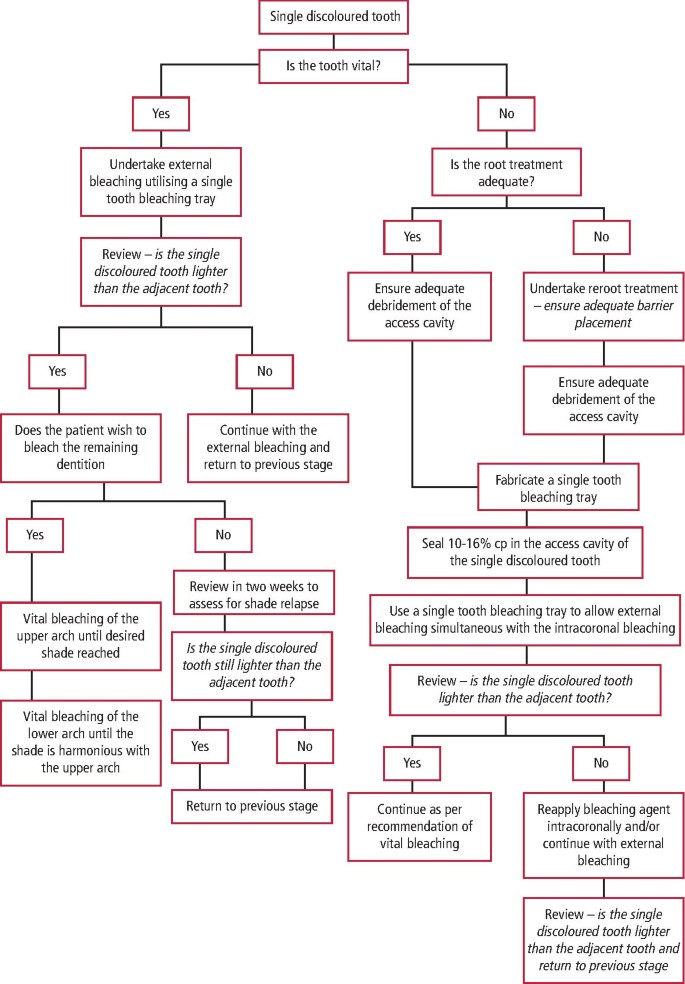
The Single Discoloured Tooth Vital And Non Vital Bleaching Techniques British Dental Journal
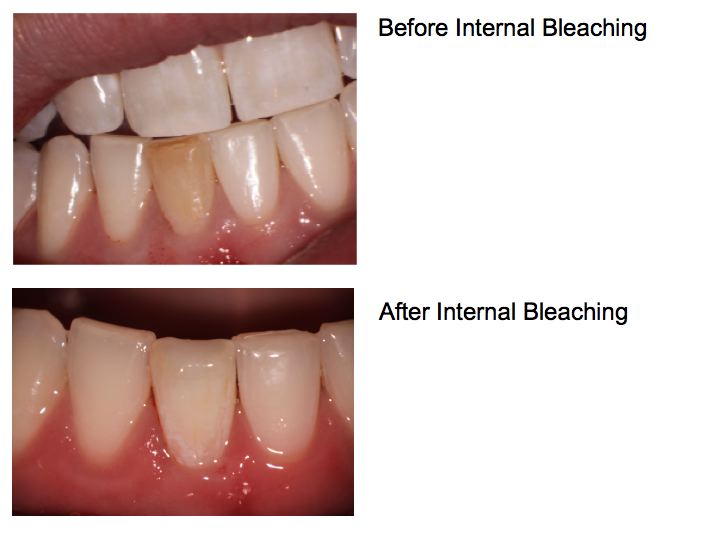
Internal Bleaching Dana Point Endodontics Daniel J Boehne Dds Board Certified Endodontist

Effectiveness Of Carbamide Peroxide And Sodium Perborate In Non Vital Discolored Teeth
Dentist Bangor Me Smile Gallery Single Tooth Internal Bleaching

Internal Bleaching Youtube
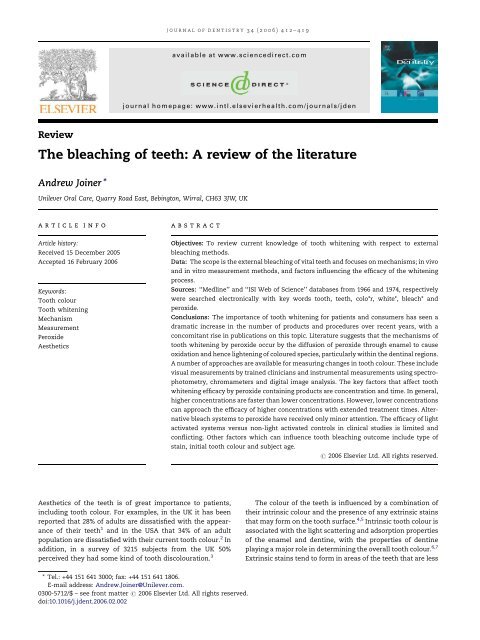
The Bleaching Of Teeth A Review Of The Literature Oral Way

Internal Bleaching Of The Dark Tooth Spear Education



